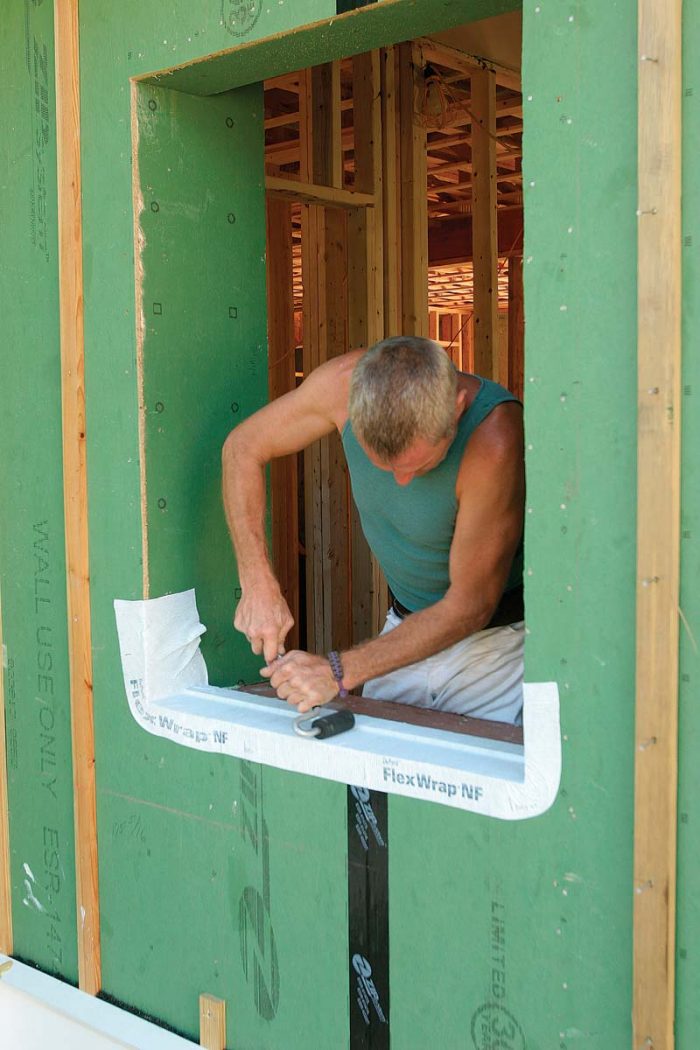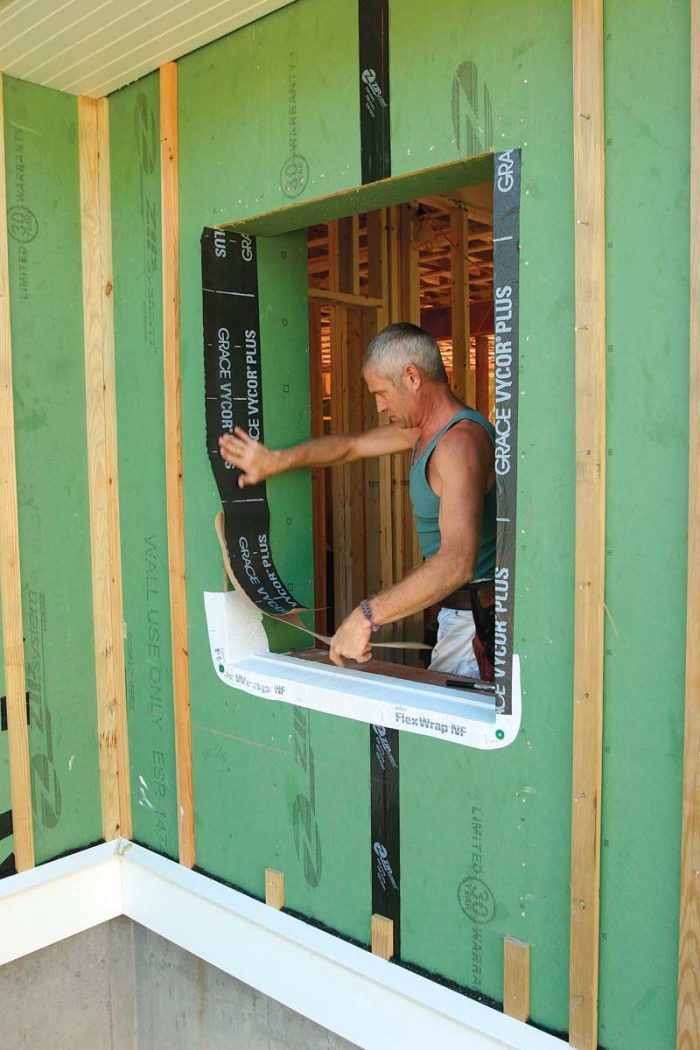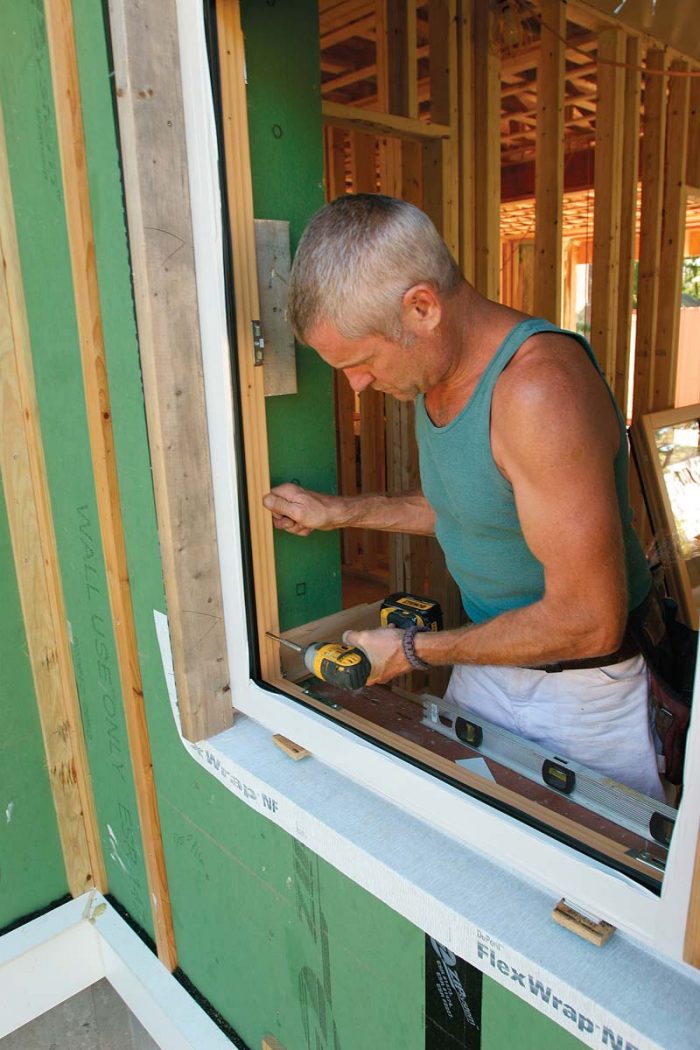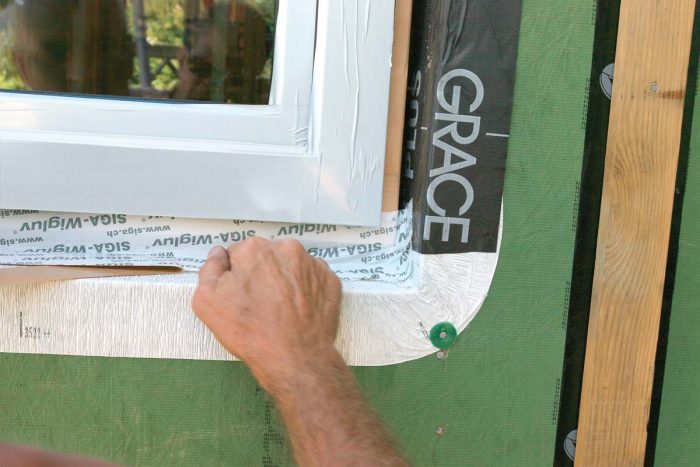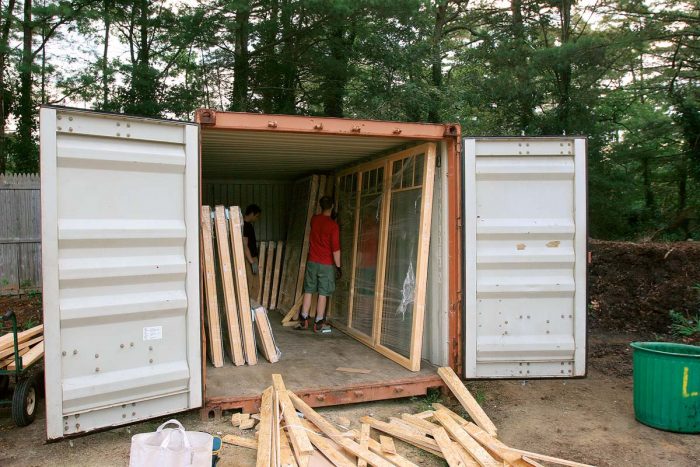Installing High-Performance Windows in a Passive House
By far the weakest link in a Passive House, these imported windows must be installed perfectly.
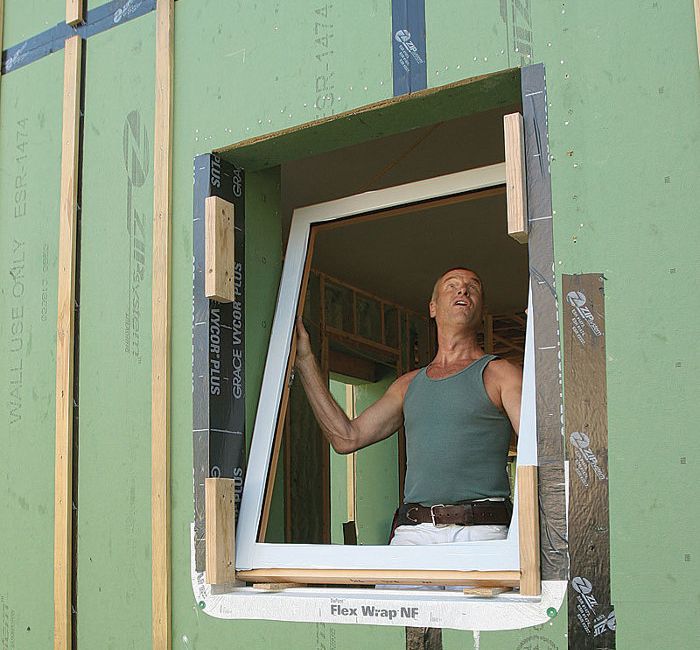
Synopsis: In the fifth and last installment of The Passive House Build, Steve Baczek writes about “Installing High-Performance Windows.” Through a clear sequence of flashing, taping, and insulating, Baczek shows how to install these windows and hold up to a five-minute spray test without any signs of leaking.
Watch the videos and read the articles in this series (links below), then head on over to GreenBuildingAdvisor.com to join the conversation with the designer of this house, Architect Steve Baczek.
All articles in this series:
“The Passive House Build, Part One: Designed for Success” (FHB #240)
“The Passive House Build, Part Two: Air-Sealed Mudsill Assembly” (FHB #241)
“The Passive House Build, Part Three: Superinsulated Slab” (FHB #242)
“The Passive House Build, Part Four: Framing for Efficiency” (FHB #244)
“The Passive House Build, Part Five: Installing High-Performance Windows” (FHB #245)
All videos in this series:
Double-stud walls and insulation
The guiding principle of a Passive House is that its primary source of heat is the sun. Not only do you have to locate and size windows and doors to take advantage of that sunlight, but they have to be high-quality units capable of retaining that energy for times when the sun isn’t shining. That’s a tall order when you have 24 windows and three entry doors and your goal is a finished house with an air-leakage area that’s roughly the size of an index card.
Most of the windows and doors that are built to handle the stringent criteria required to meet Passive House standards come from Europe. That’s not because Americans can’t build them; rather, it’s because in Europe, there is a market that demands them.
For this job, Makrowin aluminum-clad, triple-glazed tilt-turn windows were used, with matching full-lite doors. Built in Slovakia, they are imported to the United States through a Massachusetts-based company called Yaro, which also provides the local product support necessary to bridge the gap between the builder and the distant European manufacturer.
In a typical American home, a window is fastened to the exterior sheathing through a nailing flange, and then the flange is sealed to the house’s weather barrier with flashing tape. As is typical with European windows, the units used on this project had no nailing flange and were instead screwed through their jambs and air-sealed to the Zip system sheathing that was used to build the deep rough openings. The windows were then air-sealed inside and out with a combination of tape and expanding foam.
Custom Comes Standard
The beauty of these Makrowin windows, and many other European windows like them, is that they are customized. Windows that are built to suit are great from a design standpoint because I’m able to get what I need and want out of the windows without much restriction. For example, if we decide during the energy-modeling stage that we need to let in a little more sun to make the energy calculations work, we don’t need to jump up to the next standard size; we can order the windows 1 in. wider or taller.
One thing to understand about high-performance windows and doors is that the frames are more costly than the insulated glazing units they hold. Therefore, larger windows are more cost-effective than smaller ones, which is not a bad bonus when windows make up 30% to 40% of the south wall of the house. Aside from function, these windows are just plain impressive in their fit, finish, and function. They close and latch with the heavy satisfaction of a bank vault and are perfectly balanced.
On-Site Torture Testing
Once all the windows were installed, I asked the builders to spray each one with a garden hose for about five minutes. I did this because I believe in testing success rather than just assuming it, but also because 15-in.-thick walls don’t have the energy movement necessary to promote drying. In short, the stakes in this wall are high, and there’s no room for error. If a window can withstand the spray from a hose, there’s not likely to be a water issue from a rainstorm.
As it turns out, the spray test revealed minor leaks in two out of the 24 windows in this house, which we were able to address before moving forward.
Start Waterproof
Installation Is Straightforward
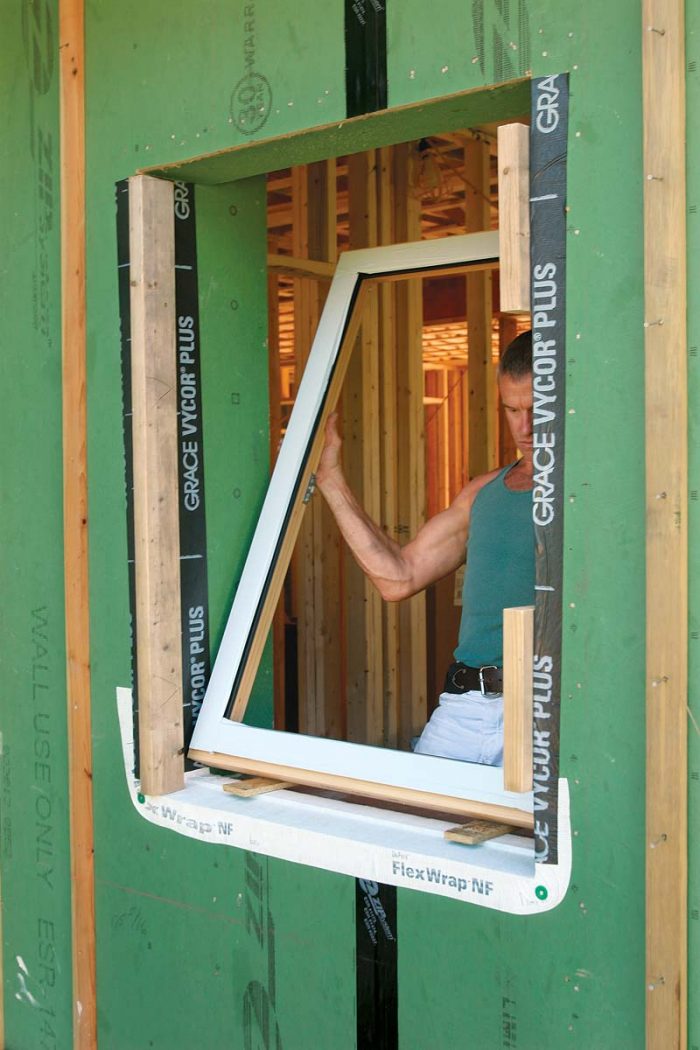 |
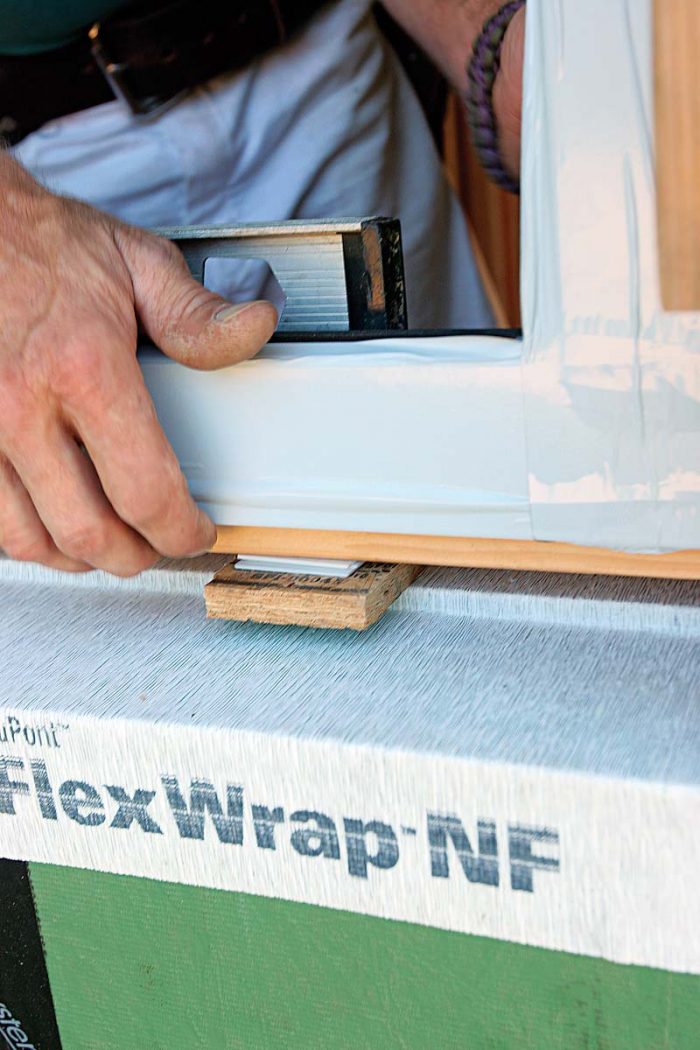 |
Tape And Foam Eliminate Air Leaks
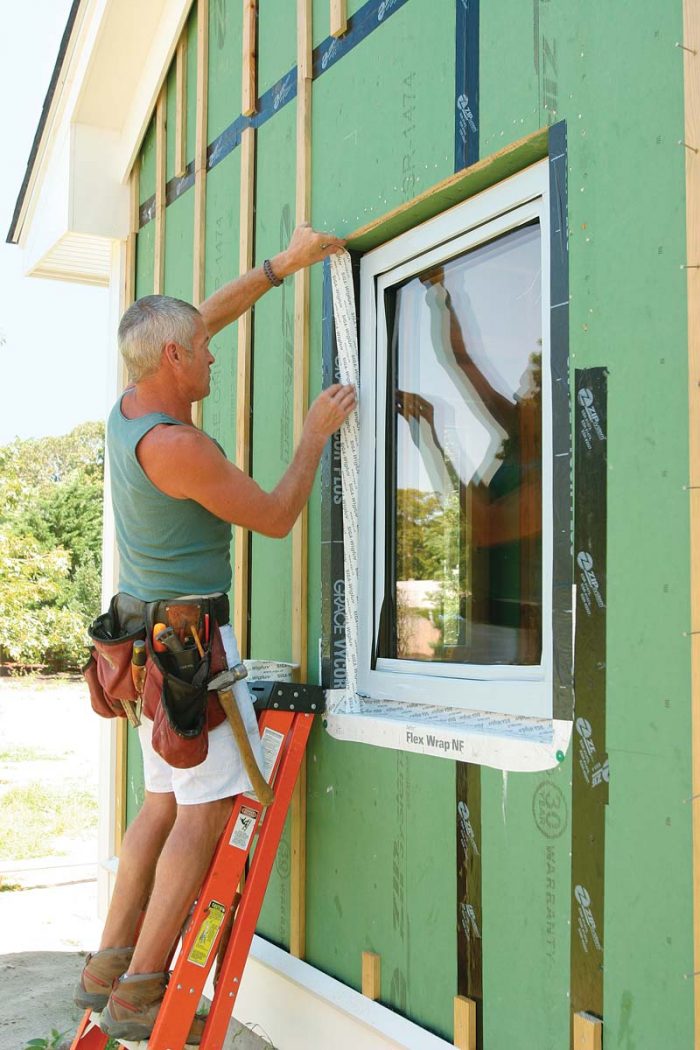 |
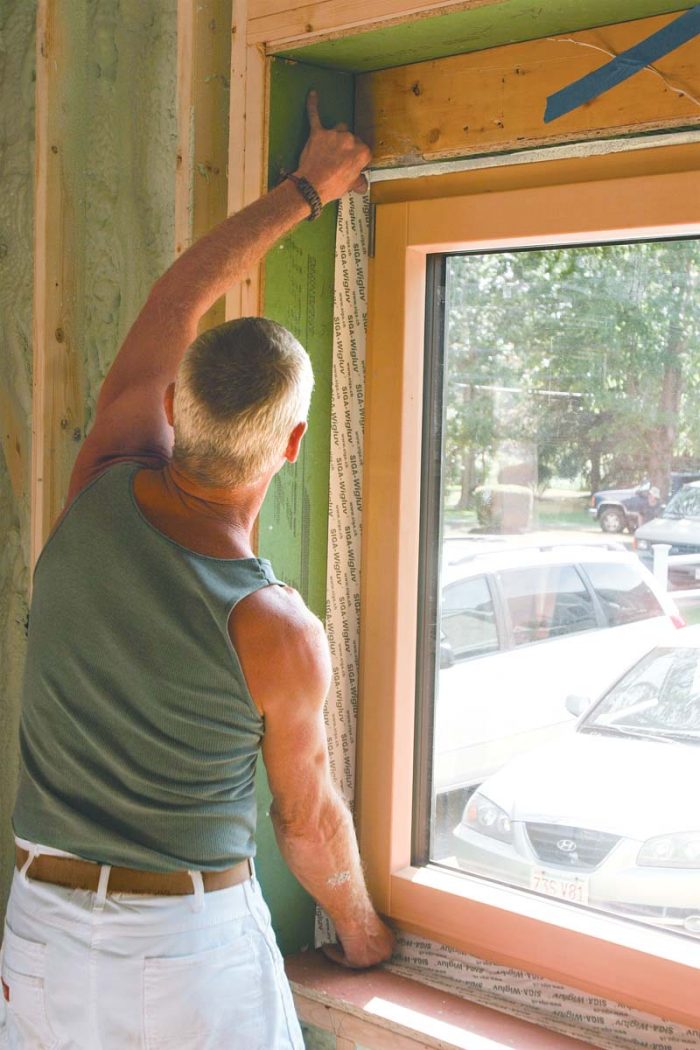 |
|
Foam and seal from the inside. The installation screws are made to support the weight of the window, so the shims can be removed to allow the 1⁄2-in. space that remains around the wooden frame to be fully sealed with low-expansion spray foam. The final step is another round of Siga Wigluv tape to finish the redundantly air-sealed transition between the window and the framing. |
High-Stakes Window Delivery
Unlike ordering through a lumberyard, there was no box-truck delivery of shrink-wrapped units on this job. Instead, the windows and doors left the factory in a private shipping container that was carried overseas and that arrived on site with a lock and a tamper-evident seal about 12 weeks later. Nobody was permitted to open the shipping container until the day of installation, which is when the owners of Yaro—the U.S.-based distributor of these European-made Makrowin windows and doors—came to the job site to inspect the windows and doors for damage and to officially transfer ownership to the builder. The owners also stayed on site for the first day to demonstrate for the crew how to install, air-seal, and adjust the windows. After the details were worked out, the builder proceeded to install the remainder of the windows.
For more photos, illustrations, and details, click the View PDF button below:

